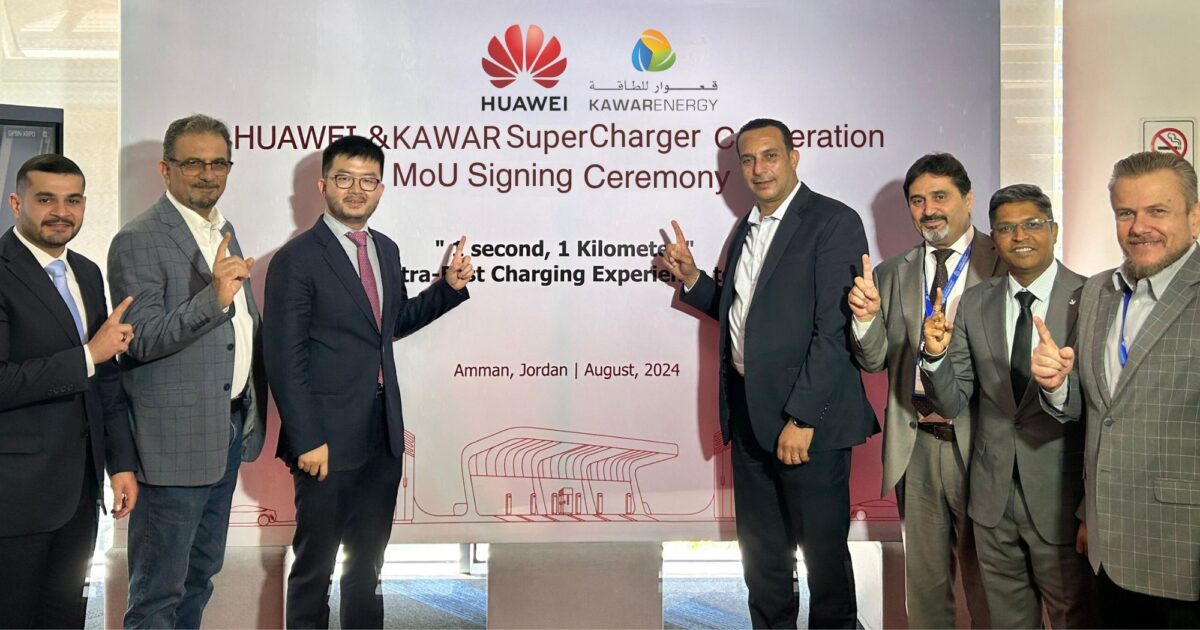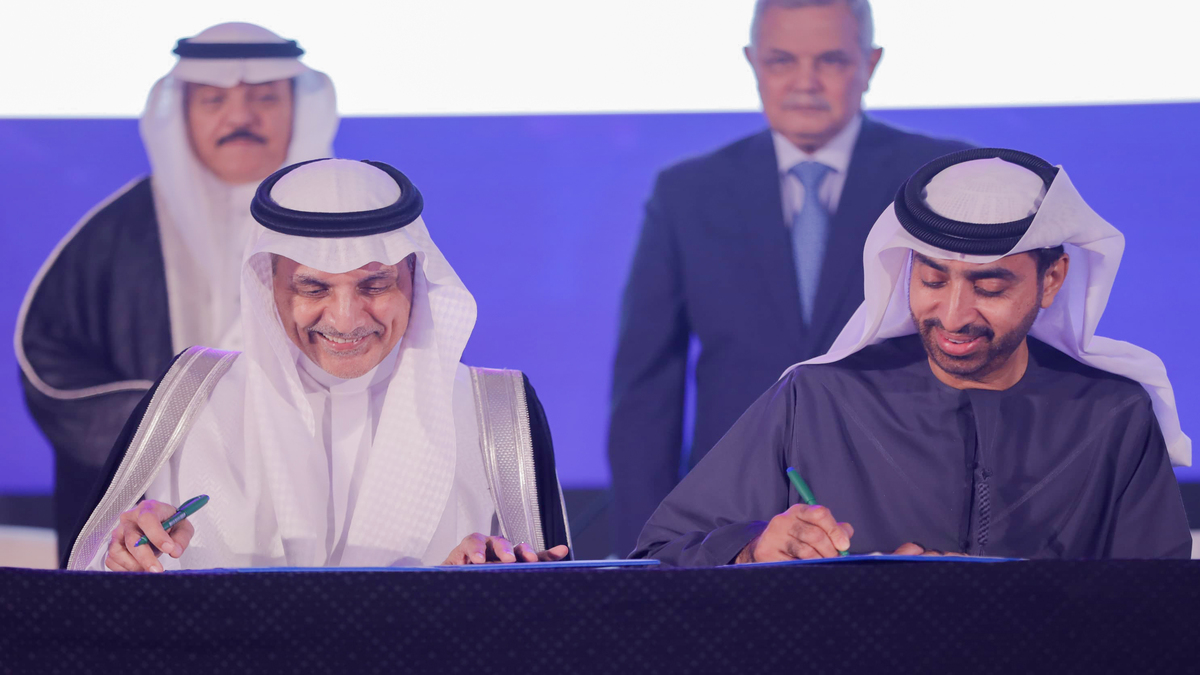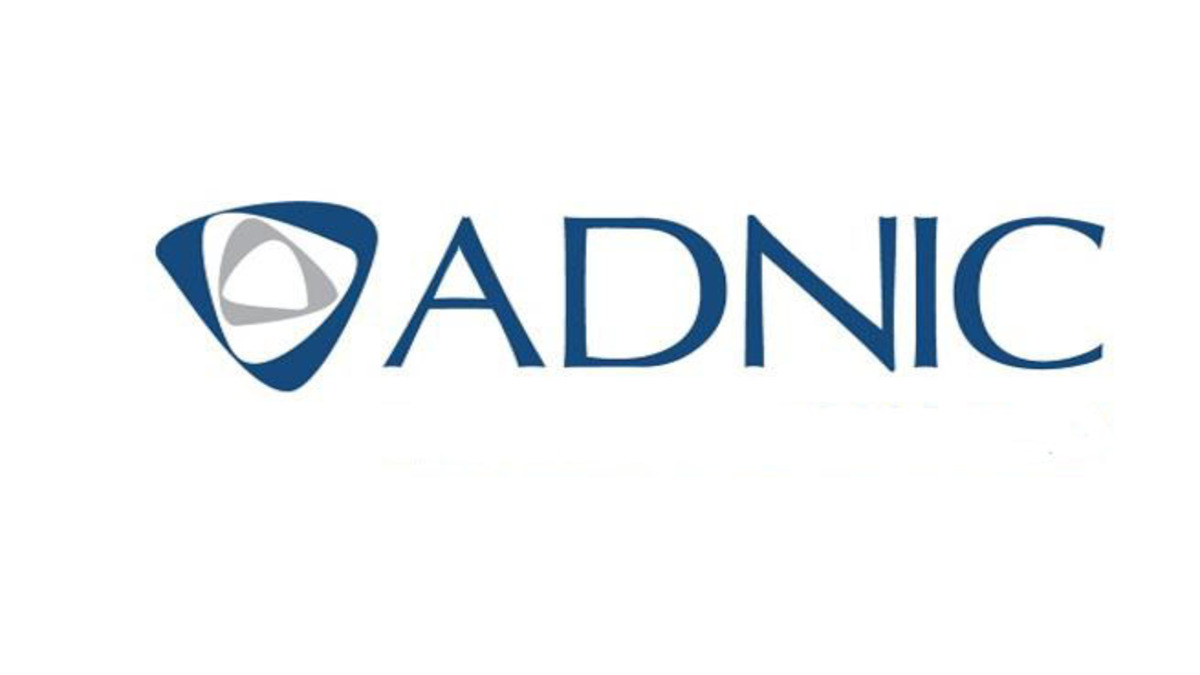Returning women represent an economic force to be reckoned with: PwC Middle East’s survey

Dubai, UAE: A new PwC Middle East’s study reveals that women returning to the workforce following a career break have the potential to contribute nearly US$385bn to the GDP across nine countries in the Middle East and North Africa (MENA) region.
This indicates a significant economic potential, provided that organizations can adopt supportive measures to facilitate their smooth transition back into the workforce.
The findings stem from PwC Middle East’s report, Navigating the path back: Women returners in MENA, the first in the ‘The case for diversity’ series that explores the different dimensions of diversity in our societies.
The report draws insights from over 1,200 women in the UAE, Saudi Arabia, Qatar, Egypt, Bahrain, Jordan, Kuwait, Lebanon, and Oman. It also includes critical perspectives from leading CEOs in the region.
Results show that nearly half (44%) of women in MENA have taken a break over the course of their careers, typically driven by family and caregiving responsibilities.
More than two-thirds (68%) of them possess beyond entry-level experience. Furthermore, 82% of women who have returned to work following career breaks believe they can progress to the top levels of their organizations. However, nearly half (49%) of these women agree that their job applications have been rejected due to gaps in their resumes.
Those that can rejoin the workforce face several challenges, including employer stigma, lack of flexible working arrangements to manage work along with other responsibilities, and the risk of of being subject to slower career advancement or reduced earnings compared to their peers as a result of being “mommy tracked. “The survey results also suggest that the longer time spent out of work, the more challenging it is to return.
Hani Ashkar, Middle East Senior Partner, PwC Middle East said: “We’ve made continuous progress in increasing the representation of women across our firm, and while we have more work to do, we’re proud of the progress we’ve made in addressing biases and inequalities that contribute to gender disparities – especially for experienced professionals who have taken career breaks. He adds: By taking proactive action, businesses can move the needle from awareness to action and results.”
Norma Taki, Middle East Inclusion & Diversity Leader, Transaction Services Partner and Consumer Markets Leader, said: “Women returning to work face obstacles to career advancement as employers do not view career breaks favorably, which results in negative impact on earnings and career progression. However, career breaks can offer profound personal growth opportunities.”
She added: “Our experiences have shown us a clear link between the well-being of a community and the participation of women in the workforce. That is why we believe that every voice needs to be valued and every individual must be empowered to channel their talent for the greater good. Ultimately, the onus is not just on the female professionals – it requires concerted effort and shared responsibility among employers, governments and societies at large Failure to bring back women to the workforce will be a huge loss of talent for organizations. By facilitating the return of women to the workplace after a career break, organizations can improve their human capital, contributing to the region’s future success”.
Our report shows that providing alternative work models such as flexi- or remote working can help women balance their work and home responsibilities in a way that suits them best. Additionally, allowing women to work additional hours by granting them flexibility could lead to GDP gains of up to US$4.3 billion across the nine countries in the study.
To encourage women to return to the workforce, it’s important to have more equitable parental leave policies, along with well-designed return ship programmes. At the same time, businesses must also address the risk of unconscious bias by implementing inclusive workplace policies and training for teams, leaders, and talent acquisition. Providing effective mentorship and sponsorship programs can also make a significant difference.







